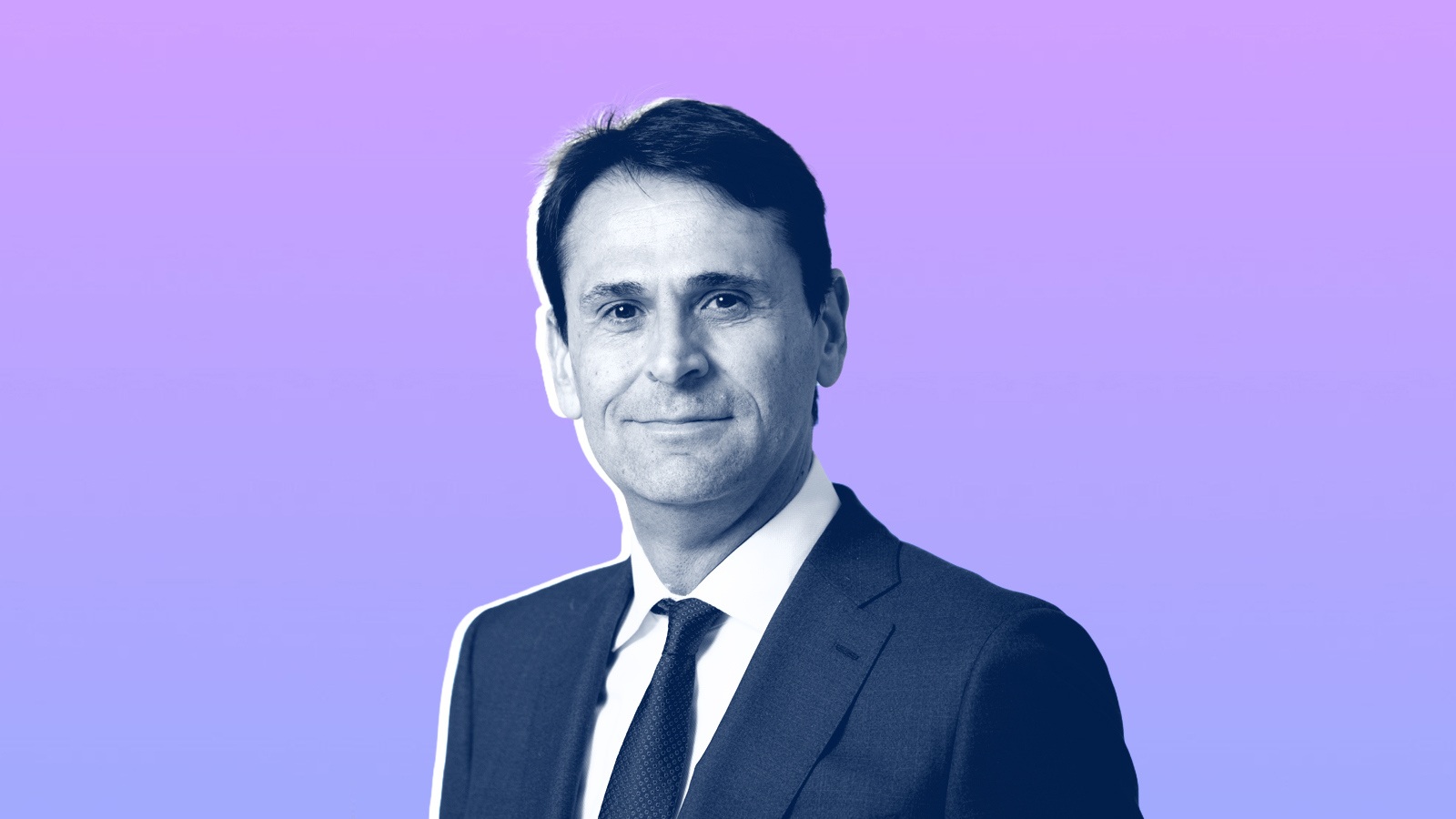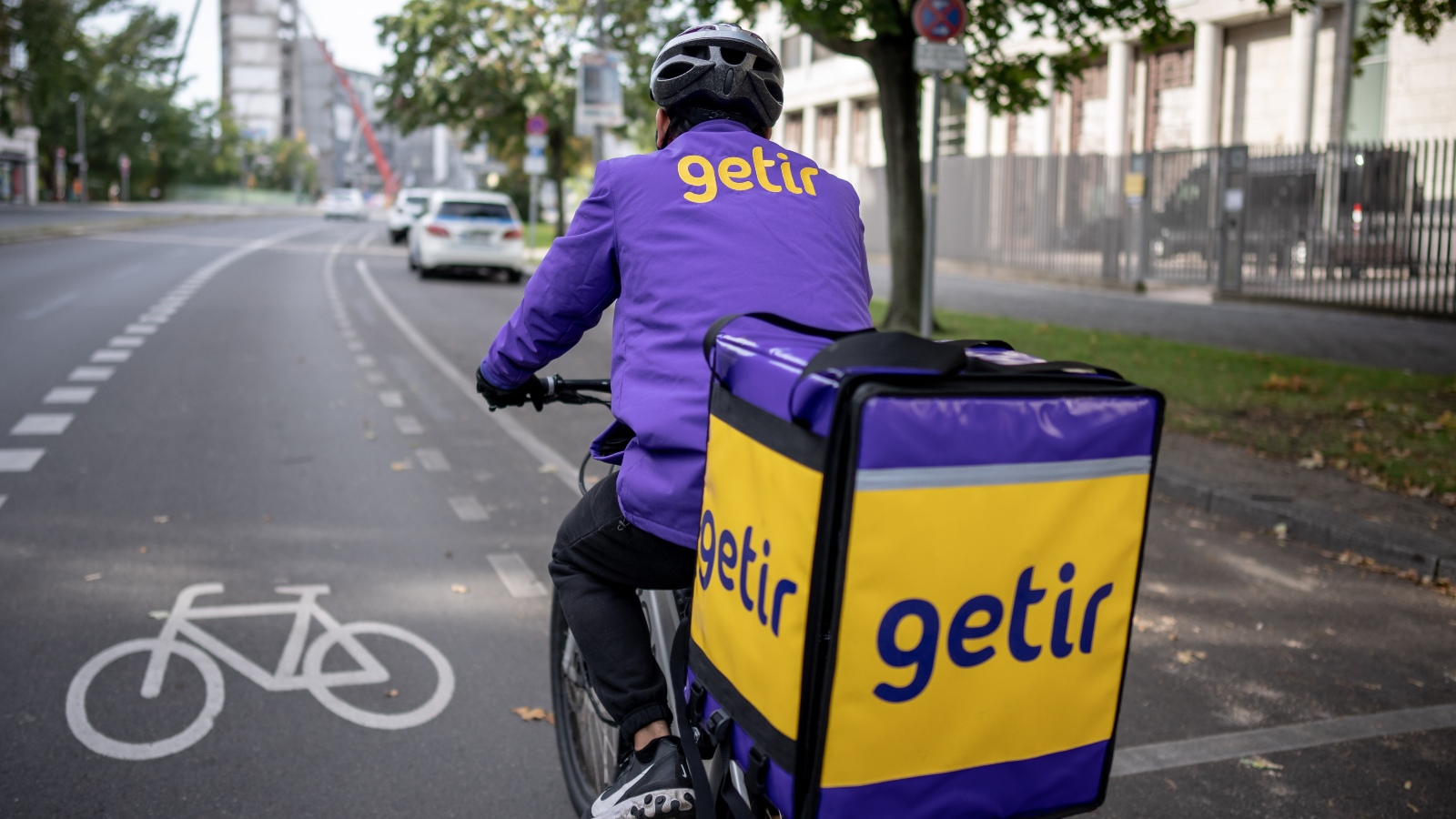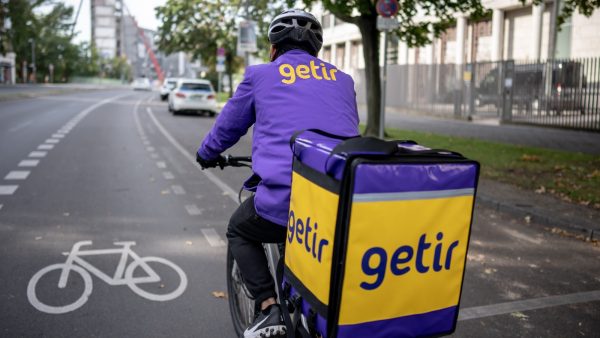Geen producten in de winkelwagen.
Every year, since it launched in 1984, pundits have been predicting the demise of RIM, the famous makers of the Blackberry – most recently given the success of the iPhone.
Yet for all the attention Apple and the iPhone receive, the Blackberry Curve is the best selling smart phone in the U.S. in 2009 – and RIM, the famous maker of the Blackberry line of mobile devices, has 56% market share, up 15% over last year while Apple has lost 10%. This Canadian firm is also the fastest growing public company in the U.S. according to Fortune Magazine’s recent list, with Apple a distant #39.
One-Phrase Strategy
What is behind this crushing success? A profoundly simple strategy.
I still remember Jim Balsillie, co-founder of RIM, sharing with a group of us that “if you can’t state your strategy in a sentence, you don’t have one!!” And RIM’s? In essence, “Easy in, impossible out” i.e. RIM makes it very easy for corporations to install their email system, but because the way the proprietary RIM software and servers work, it’s almost impossible to extract – or at least a huge hassle. So even though a whole host of executives may love to get iPhones, there’s too much inertia to overcome for enterprises to switch, a market in which RIM commands a whopping 74% market share.
And the software and server side of the business commands 90% plus gross margins given the fees carriers pay RIM per customer for the ability to collect, in turn, data transmission fees. It’s these huge margins that dwarf the margins pure handset manufacturers earn fueling RIM’s continued market domination.
Though I’ve preached for years the importance of a one-page strategic plan, let me suggest that a precise “one-PHRASE strategic plan” must be the starting point.
“Wheels Up”
Also defying gravity has been Southwest Airlines thirty-eight year run. Identified as the best performing stock the first thirty years of its existence, today Southwest is the largest airline in the world in terms of number of passengers.
For Southwest, their one-phrase strategic focus is also an internal tagline – “Wheels Up.” If that expensive hunk of metal is in the air more than the competition, then they are going to make more money.
Though different than their more well known “low fare” Brand Promise, this one-phrase strategy underpins Southwest’s unique ability to keep their promise vs. the rest of their low-priced competitors. And this is why the one-phrase strategy is such a critical competitive decision.
Think of the one-phrase strategic statement as the focus for the underlying activities that differentiate your company from your competition. The key word is activities. As Michael Porter, Harvard’s famous strategy guru, emphasizes in his classic 1996 Harvard Business Review article appropriately entitled “What is Strategy”, it’s going about the business in a different way than your competitors that defines your strategy.
In Southwest’s case, no advanced reservation seating and using the same aircraft type for all routes are two key differentiating activities. In turn, these activities are crucial to getting the Wheels Up on their aircraft faster than the competition, allowing them to provide lower fares and more flights. And by choosing activities that are impossible or difficult for others to adopt, you maintain your competitive advantage, as Southwest has for almost forty years.
Additional Examples
One of the few successful IPOs this decade, Rackspace (I do own some stock) has built its business on a simple one-phrase strategy “it’s not about the servers, it’s about the support.” In their case, this one-phrase strategy is also their brand promise, though branded as Fanatical Support.
Supporting this strategy is a set of underlying activities that includes a live person answering the phone within three rings if there’s a problem with the service. I remember Graham Weston and his team making the tough decision to rip out the automated attendant systems and gearing up 24/7 to provide live support, at a time when it wasn’t easy for them to afford.
Pegasystems, #19 on the fastest growing company list, has also nailed their one-phrase strategy, a strategy Alan Trefler, founder and CEO, has been pursuing since 1983. Captured in their tagline Built for Change, Pegasystems makes it easy for business managers to change the software underlying their systems – changes that can be made in minutes instead of months allowing a company to be much more agile in the marketplace.
In all four cases, the companies have relentlessly focused on their one-phrase strategy – channeling all their innovations and energies on continuing to perfect its realization. And in the process have driven significant growth and dominated their industries.
Verne Harnish (Growth Guy)








